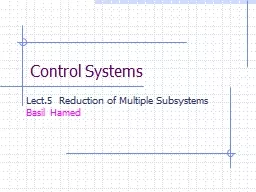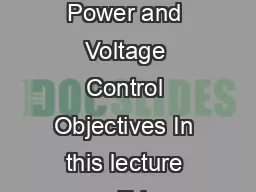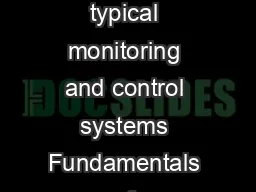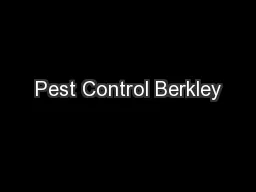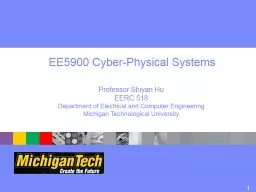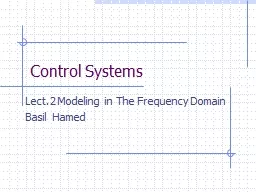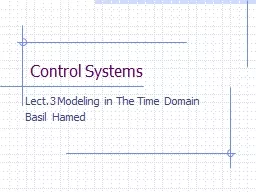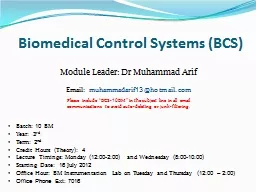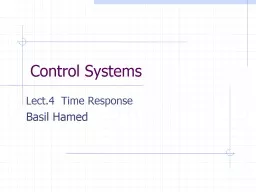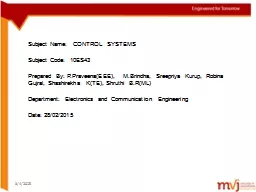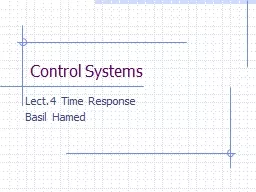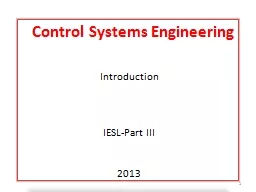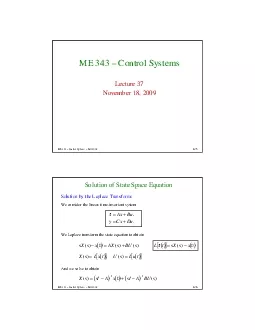PPT-Control Systems Lect.5
Author : pasty-toler | Published Date : 2018-11-08
Reduction of Multiple Subsystems Basil Hamed Chapter Learning Outcomes After completing this chapter the student will be able to Reduce a block diagram of multiple
Presentation Embed Code
Download Presentation
Download Presentation The PPT/PDF document "Control Systems Lect.5" is the property of its rightful owner. Permission is granted to download and print the materials on this website for personal, non-commercial use only, and to display it on your personal computer provided you do not modify the materials and that you retain all copyright notices contained in the materials. By downloading content from our website, you accept the terms of this agreement.
Control Systems Lect.5: Transcript
Download Rules Of Document
"Control Systems Lect.5"The content belongs to its owner. You may download and print it for personal use, without modification, and keep all copyright notices. By downloading, you agree to these terms.
Related Documents

